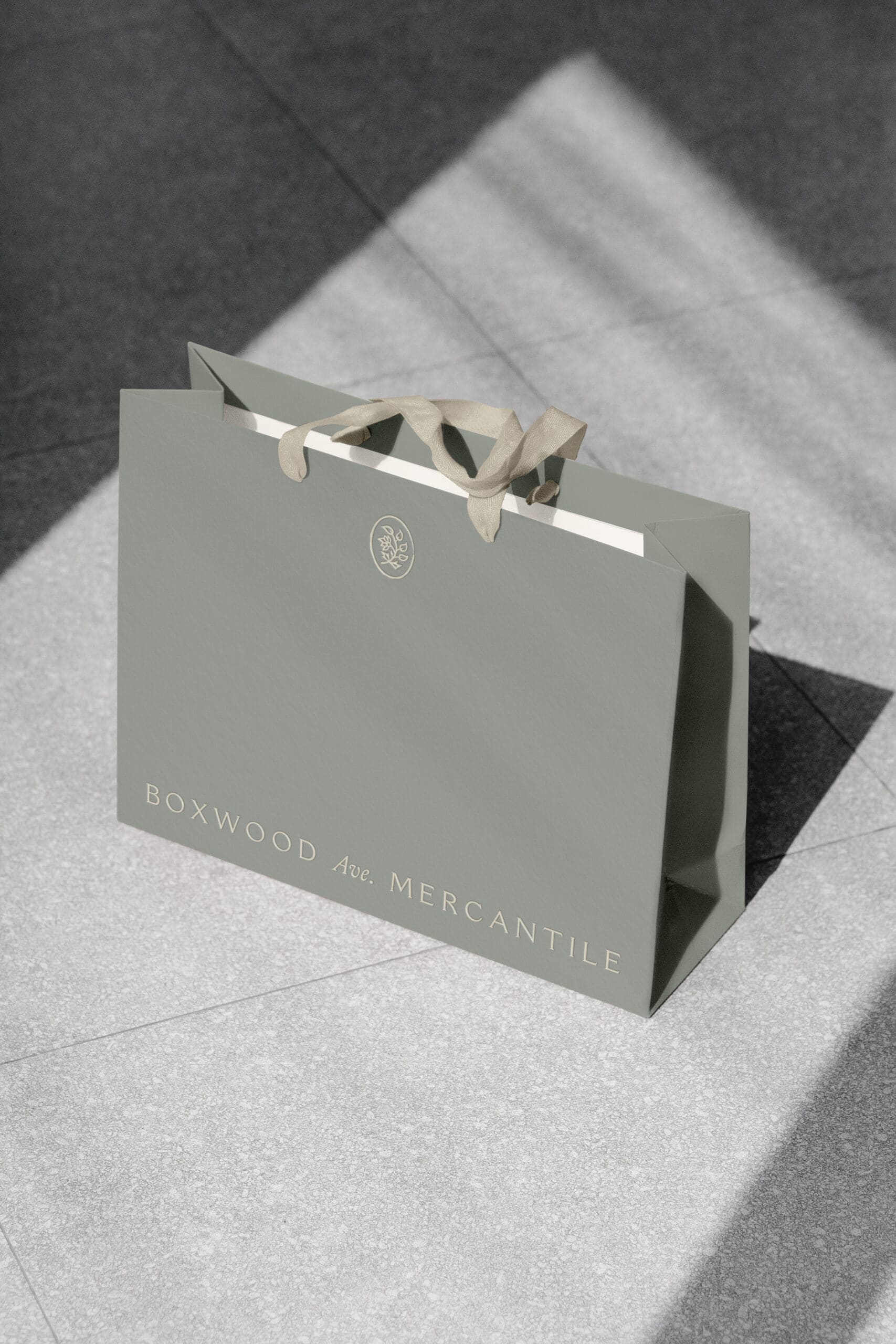This same process, the subconscious threading together of information, happens every time someone is exposed to your brand. That’s why it is crucial to have an intentional strategy for every element of your design, especially color. The hues you use are often the first thing that your target audience will perceive, and they serve as the foundation for the rest of your story to unfold.
When trying to discover the most effective color for your brand, it’s important to go beyond asking “what looks nice?” and begin asking “what do I want to make people feel?”
Start by understanding the specific emotions, sensations, and thoughts that you want to inspire within your ideal client. From there, determine what colors they associate with that feeling. This part requires an in-depth understanding of the audience you’re serving and the experiences that they hold. While yellow generally elicits joy and optimism, it may embody something entirely different for your unique demographic. Context matters when it comes to utilizing color—know your audience, know your intention, and know the story you’re trying to tell.
It’s also important that you’re familiar with your brand’s personality. An energetic, humorous, and lighthearted brand could do well with a striking magenta or bold yellow. For more reserved brands, you may want to stick to a gentle and subdued color palette that reflects your identity. Avoid forcing yourself into a color family that doesn’t feel comfortable, true, or authentic for the sake of standing out. Be who you are and express that with confidence; your audience will feel the difference.
Interested in learning more about building a brand identity that mirrors the values, desires, and intentions of your company? Get in touch to get the conversation started. We look forward to curating your vision and supporting your growth.





